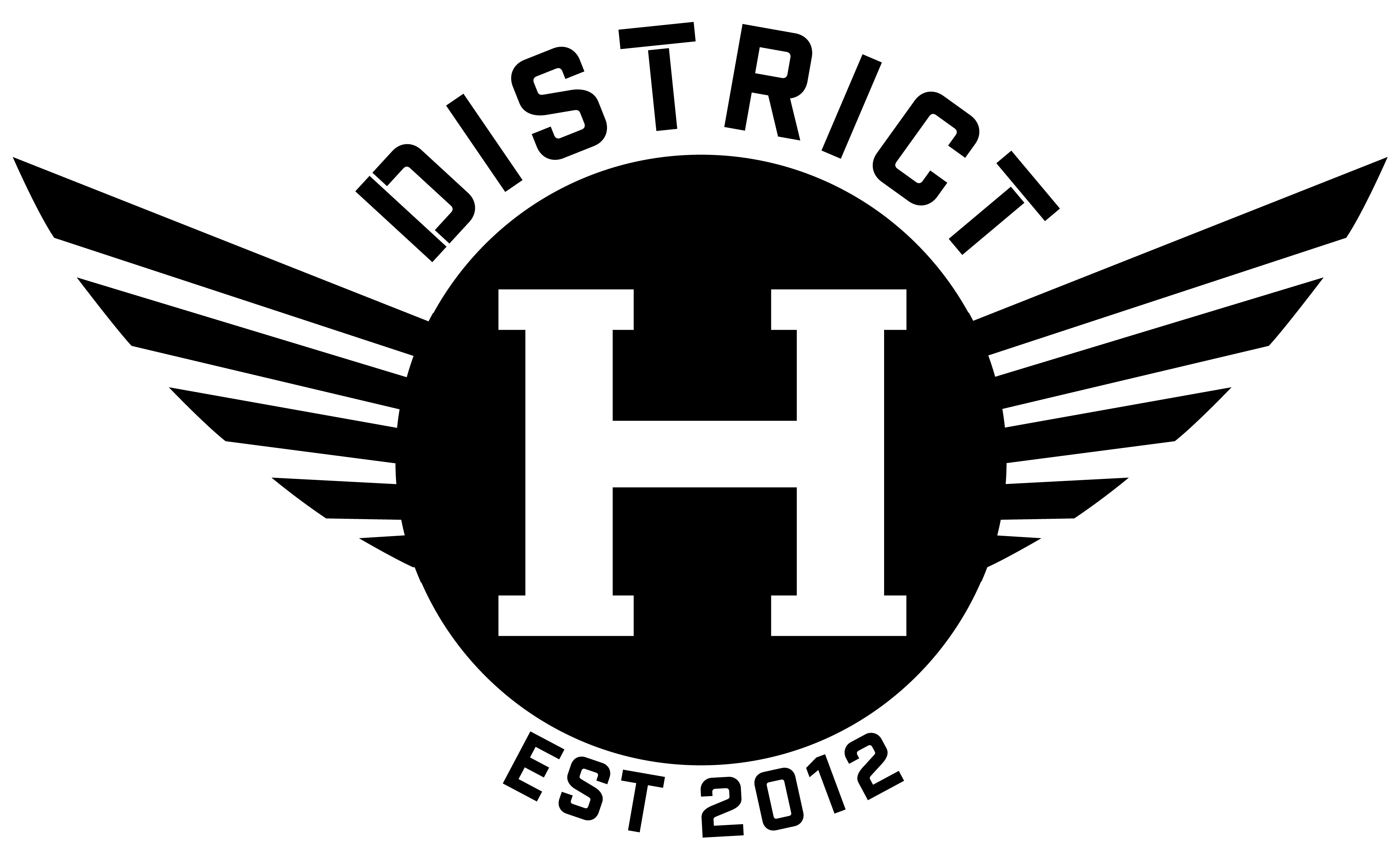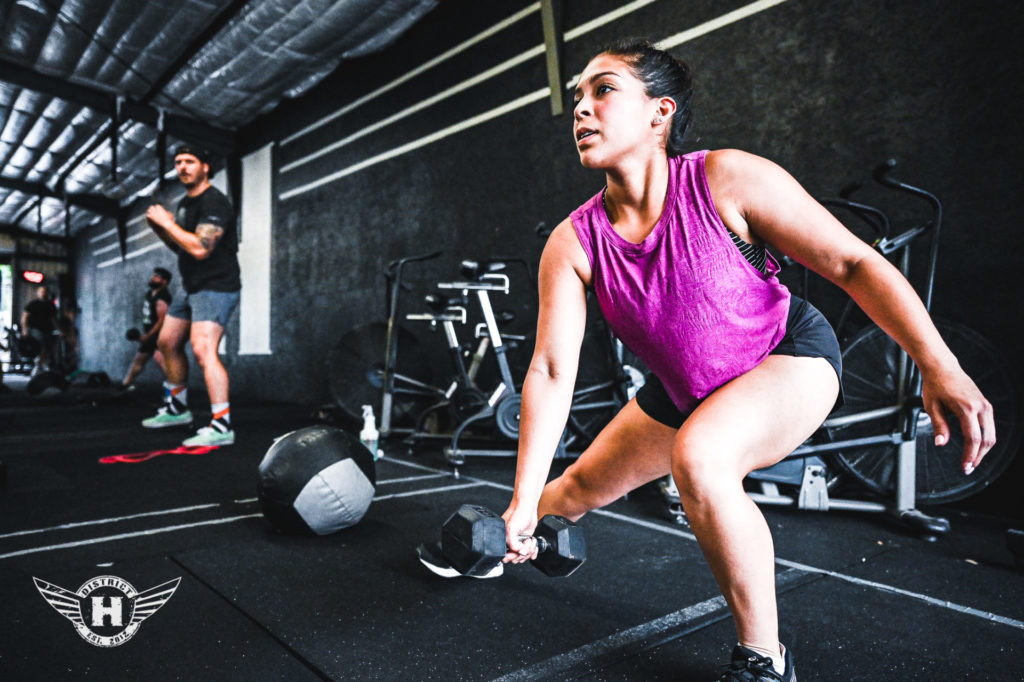All of our daily decisions are driven by motivation. At the very base of Maslow’s hierarchy of needs, these motivations tend to be those of survival. But once our basic needs of shelter, food, safety, and employment are met, we need more deeply rooted psychosocial needs like belonging, esteem, and self-actualization.
Motivation for these categories of needs can fall into either extrinsic or intrinsic motivation. Extrinsic motivation is behaviors that are driven by external rewards. In the fitness industry, and specifically within a CrossFit gym, these motivations are endless.
- I want to look good
- I want to RX a workout
- I want to be one of the top individuals on the daily white board
- I want to finish in the top x% in the world in the CrossFit Open
While there is nothing necessarily wrong with having these motivations, we need to be careful in terms of these be the leading motivators for wanting to train or live a healthy lifestyle.
To give some basic examples I’ve seen over the years, wanting to look good can become extreme dieting and lead to an eating disorder. RX’ing a workout can lead to injury due to poor technique or inconsistency in the gym due to destroying yourself with an unintended stimulus. Cutting your reps in a workout to be at the top of the leaderboard feeds the ego but not your true authentic self. Attaching your identity and worth to placing in the CrossFit Open can lead to burnout, self-deprecation, and loss of joy for something you feel in love with when you first started.
In contrast, intrinsic motivation is behaviors that are not attached to an external reward like physical aesthetics, performance, or rank. You do these things because it simply brings you four specific things: joy, autonomy, meaning, & purpose. In other words, they bring you the traits that lie at the heart of self-actualization or the very top of our hierarchy of needs. Researchers have described this finding your flow with a specific activity.
Flow is defined as “the optimal state of consciousness where we feel our best, and perform our best.”[1] It’s roots in terms of scientific study actually started in the 1990s with the explosion of extreme sports like big wave surfing, skydiving, and downhill skiing where individuals like Laird Hamilton, Doug Coombs, and Tony Hawk were constantly redefining human potential.
Have you ever found yourself so wrapped up in something you were doing that you lost all track of time, were mentally stimulated, and absolutely enjoyed every second of it? That is flow.
Don’t get me wrong, there is nothing wrong with wanting to look and perform well. But I challenge you to “find your flow state” when it comes to training at District H. Consistency in your activity, dialing in your nutrition, and checking in with a coach every quarter for feedback will take care of the external motivators, but how do we find our intrinsic motivation to train? We need to set micro-goals around the elements of flow:
- Joy: Find something you absolutely love doing. Running, Weightlifting, CrossFit, etc. Surround yourself with a support system that enhances that joy like a community.
- Autonomy: Learn to set daily goals in movement or intensity that are challenging, but not impossible. Also learning how to modify your workouts to preserve the stimulus of a particular workout is also incredibly empowering. In other words, learn how to take responsibility for your own training. It will help give you a sense of control over your health. As William Henley puts it in is famous poem Invictus, “I am the master of my fate: I am the captain of my soul.”
- Meaning: This goes back to understanding your “why” for wanting to be healthy, strong, and independent. What does living a healthy lifestyle allow you to do in the bigger scheme? Show gratitude for having the freedom and time to prioritize your health every single day
- Purpose: How does constantly challenging yourself to be a better version of yourself serve your larger purpose in life? It comes from our “why” but extends to our larger feats or priorities.
As a coaching staff and organization, our goal is to help you find your flow when it comes to your training. Our quarterly check-ins are meant to be an opportunity to give you individualized guidance on finding your joy, autonomy, meaning, and purpose as well as the results or external motivators. Live a larger life and enjoy the opportunity you have in front of you with your health.
[1] Kotler, Steven. The Art of the Impossible – A Peak Performance Primer. HarperCollins Publishers. New York, New York. 2021.

